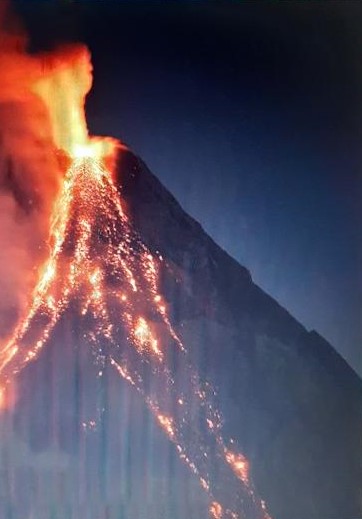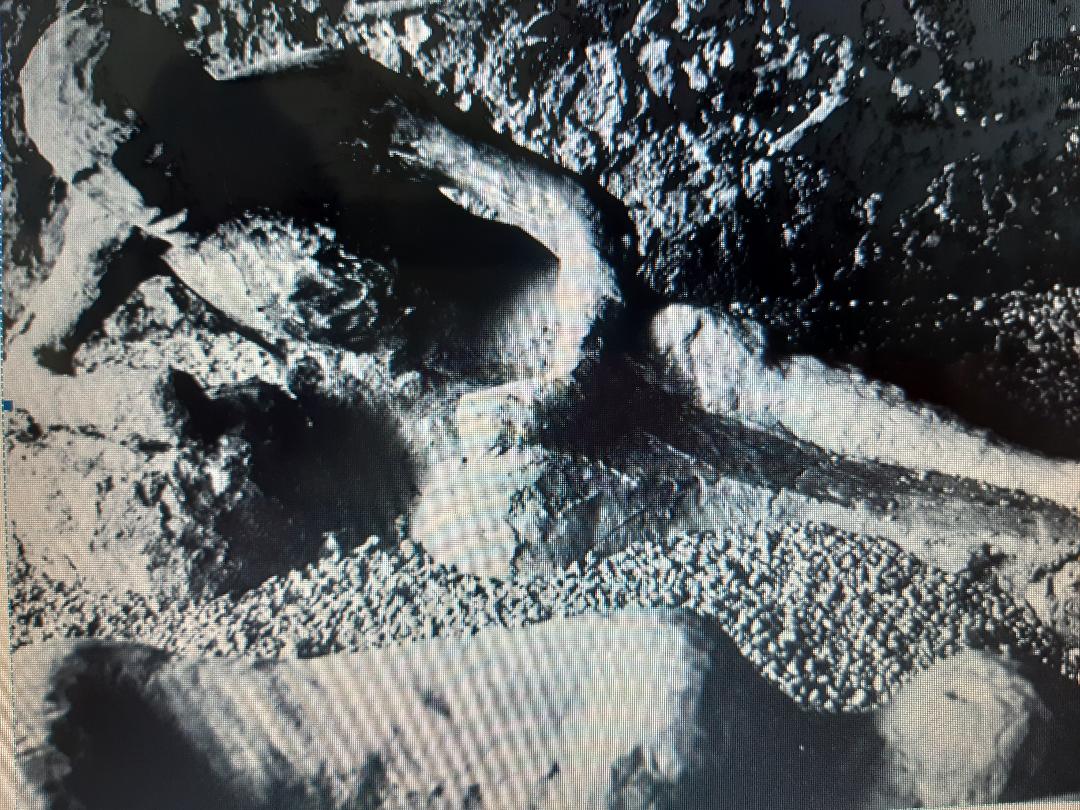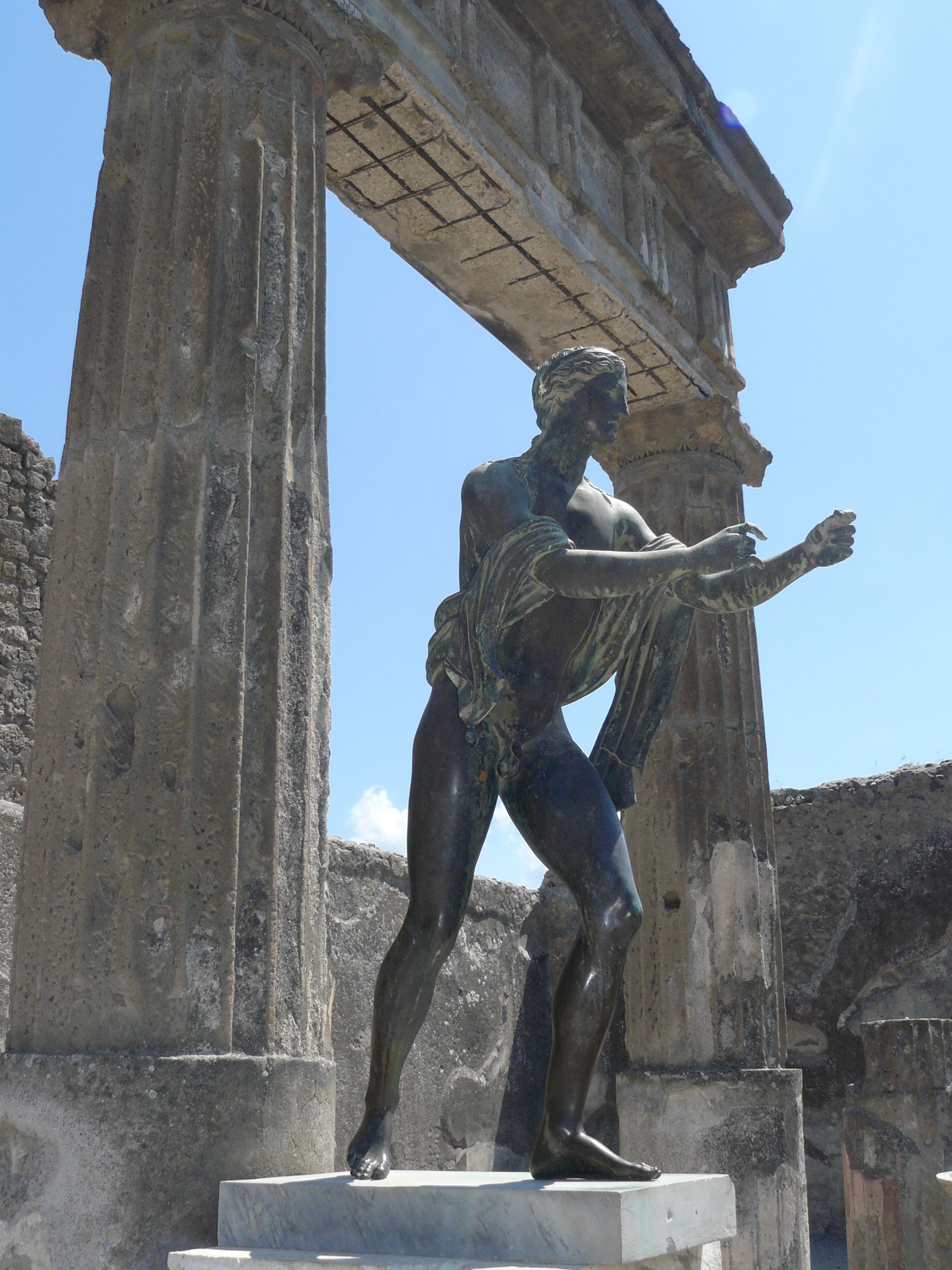
Changes in climate could actually cause volcanic eruptions.
Climate change could trigger volcanic eruptions across the world, warn scientists
Melting of ice on volcanoes can increase risk of landslides and destabilise magma ‘plumbing system’ inside, say researchers
- Josh Gabbatiss Science Correspondent @josh_gabbatiss
- Wednesday 11 April 2018 18:28
- https://www.independent.co.uk/environment/volcano-eruption-climate-change-mountain-landslide-glacier-global-warming-a8299821.html

Besides having a disastrous impact on sea levels and weather, a warming climate could also trigger catastrophic volcanic eruptions across the planet
Volcanic eruptions alter the climate by spewing smoke and ash into the atmosphere, but scientists now also think the opposite might be true – changes in climate could actually cause volcanic eruptions.
Ironically the Pompeiians may have been devising ways to utilise and generate power renewably before their designs were lost in the volcanic eruption.
According to Gioachino Roberti, a PhD student at the University of Clermont Auvergne, glaciers can suppress volcanic eruptions by providing mountains with structural stability.
Natural disasters increasingly linked to climate change
As the climate becomes warmer, ice melting from these mountains removes support from their slopes, potentially leading to landslides and collapse.
“Imagine the ice like some sort of protective layer – when the ice melts away, the mountain is free to collapse,” said Mr Roberti.
“If your mountain is a volcano you have another problem.
“Volcanoes are a pressurised system and if you remove pressure by ice melting and landslide, you have a problem.”
They found that landslides had the potential to destabilise the magma chamber and trigger an eruption – a phenomenon that can be linked directly to a warmer climate.
“We see a correlation between high temperature, ice melting and landslides,” said Mr Roberti.
“Today’s increasing temperature is likely to cause other large landslides.”
Other scientists welcomed the research by Mr Roberti and his colleagues, although they noted the complexity of the systems involved and the difficulty in making direct links between climate change and eruptions.
“This new research nicely demonstrates that if you change the load on a volcanic mountain – for example by removing some ice – the likelihood of a mechanical collapse and possible ensuing eruption will be slightly increased,” said Professor David Rothery, a geoscientist at The Open University who was not involved in the research.
“Eruptions are triggered by a complex array of factors. I suspect that many eruptions caused by glacial melting might happen eventually anyway, given enough time – but this research shows that warming could increase the chances of those eruptions happening sooner rather than later.”
![]()

When Mount Vesuvius erupted cataclysmically in the summer of A.D. 79, the nearby Roman town of Pompeii was buried under several feet of ash and rock. The ruined city remained frozen in time until it was discovered by a surveying engineer in 1748.
Photograph by Time & Life Pictures/Getty Images
Science Reference
Pompeii
Archaeologists are investigating the remains of Pompeii, a city frozen in time.
3 Minute Read
By James Owens
https://www.nationalgeographic.com/history/archaeology/pompeii/
On a fateful summer morning in A.D. 79, Mount Vesuvius buried the vibrant Roman city of Pompeii—and many of its citizens—beneath tons of volcanic ash and debris.
The darkness Pliny described drew the final curtain on an era in Pompeii. But the disaster also preserved a slice of Roman life. The buildings, art, artefacts, and bodies forever frozen offer a unique window on the ancient world.

Preserving Pompeii’s past for the future
Even after hundreds of years of work, about a third of the city still lies buried.
For early archaeologists, the disaster of the city’s final days was the primary draw, unearthing buildings and streets as they stood at the time of the eruption.
“Today we are interested in the development of the city,” Ellis explains. “What was there first and how did it get to the point it was when it was destroyed?”
Much research has centred on public buildings and breathtaking villas that portray the artistic and opulent lifestyle enjoyed by the city’s wealthy elite.
Author’s comments:
What if we were to uncover from lost artefacts still buried, that the people of Pompeii’s extraordinary ideas in civil engineering and their design philosophies at the time were so far advanced for their time. So much so that they could have been a breeding ground for more great inventors like Leonardo Da Vinci in abundance, or someone who had ideas for future inventions like Da Vinci but related to civil engineering centuries earlier, but had sadly died with their life works buried in the eruption, and consequently lost forever.
Or at least until now, until we uncover!
We may even uncover some advanced civil engineering or military armoury designs that were planned for the future, by the artists and inventors of Pompeii who were housed in public buildings and breathtaking villas prior to Vesuvius’ erupting in AD 79. The artistic and opulent lifestyle enjoyed by the artists and inventors may have been given to them by the Romans in return for commissioning the Pompeiians’ artists and inventors to devise a better, quicker and easier way of mechanically; sourcing utilities such as water, and how it can be used as a source of power, how it can be stored and used in times of droughts, and how the first drainage system could be used as a flood defence system for the city of Rome, and for the Roman military to install?
It’s quite possible…. if the Roman Republic had, at its peak, a well-organized, representative government capable of large-scale public works project, like the Roman aqueducts or the vast Roman road system that stretched across North Africa and southern Europe. If the political will existed among the citizenry and the artists and inventors from Italy who once congregated in the public building and villa gardens to devise these plans. Then such future planned designs could have been devised for the Roman republic who could certainly organise itself to solve the climate crisis, but could still be buried under the ruins of Pompeii waiting to be found.
In history such fantastical civil engineering designs have came from military projects, and there could be no doubt that the Roman republic could of had more plans for advanced masterplan designs to be installed by its military. The most technological advances have come from military projects that have resulted in products for which civilian uses were later found. In history military technology have came up with jet engines, the microwave oven and the GPS systems now in almost every car and smartphone. To this day, military spending, in particular in the United States, remains a strong driving force for technological innovation.


